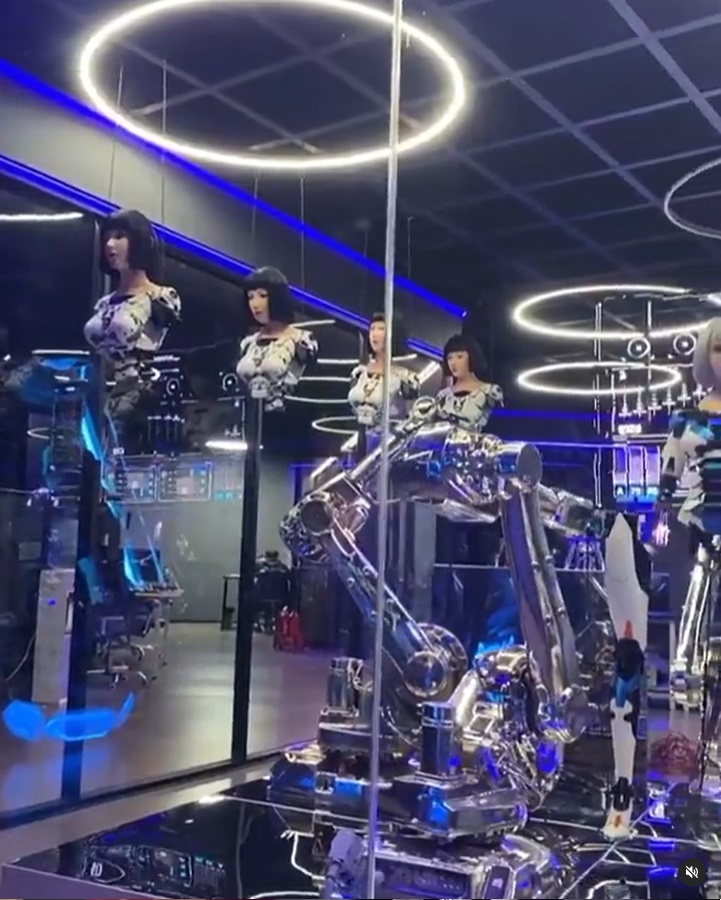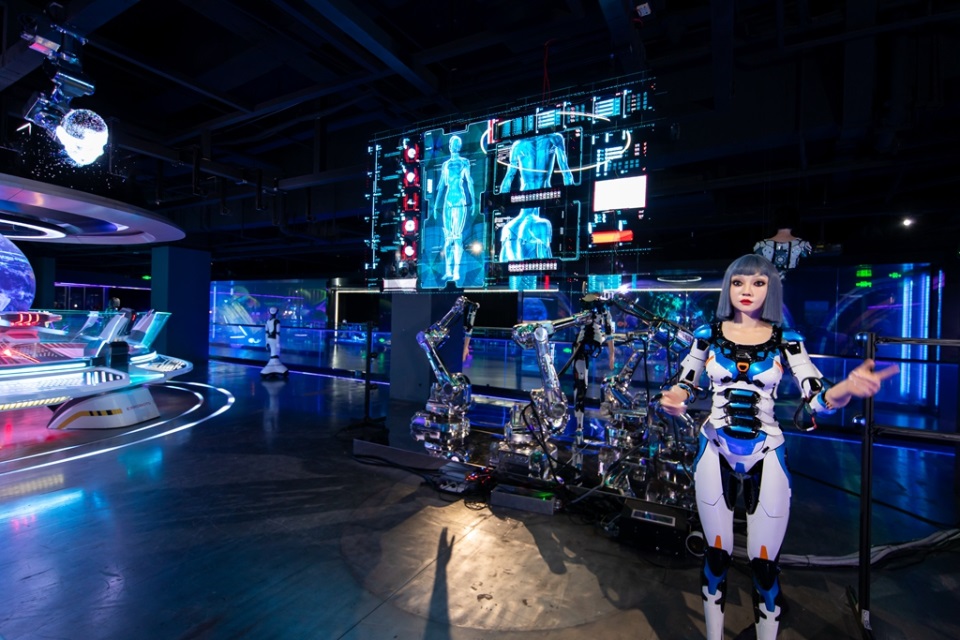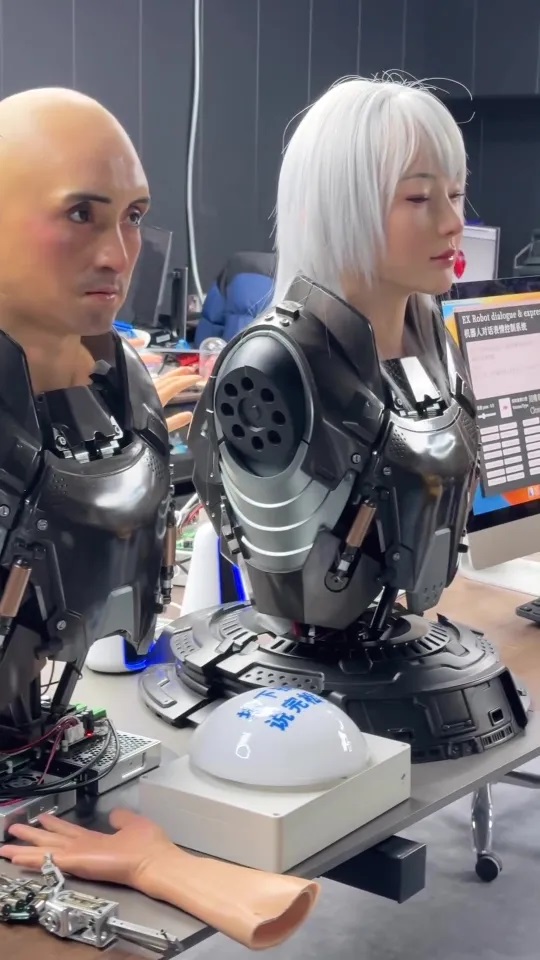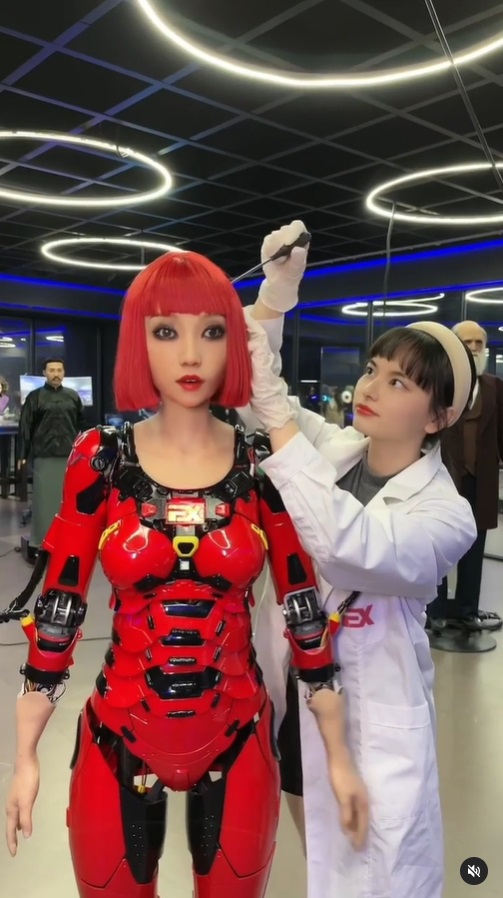A creepy Chinese robot factory produces “skin”-covered androids that can be confused for real people
As reported here, a strange video shows humanoids with hyper-realistic features and facial expressions being tested at a factory in China. In the scary footage, an engineer is shown standing next to an exact facsimile of his face, complete with facial expressions.
A different clip shows off the flexible hand motions of a horde of female robots with steel bodies and faces full of makeup. The Chinese company called EX Robots began building robots in 2016 and established the nation’s first robot museum six years later.
The bionic clones of well-known people, like Stephen Hawking and Albert Einstein, would seem to be telling the guests about historical events, at least that is how it would seem. But in addition to being instructive and entertaining, these robots may eventually take your job.







It may even be a smooth process because the droids can be programmed to look just like you. The production plant is home to humanoids that have been taught to imitate various industry-specific service professionals.
According to EX Robot, they can be competent in front desk work, government services, company work, and even elderly care. According to the company’s website, “The company is committed to building an application scenario cluster with robots as the core, and creating robot products that are oriented to the whole society and widely used in the service industry.”
“We hope to better serve society, help mankind, and become a new pillar of the workforce in the future.”
The humanoids can move and grip objects with the same dexterity as humans, thanks to the dozens of flexible actuators in their hands. According to reports from 2023, EX Robots may have achieved history by developing silicone skin simulation technology and the lightest humanoid robot ever.
The company uses digital design and 3D printing technology to create the droids’ realistic skin look. It combines with China’s intense, continuous tech competition with the United States and a country confronting severe demographic issues, such as an aging population that is happening far faster than expected and a real estate bubble.
A November article by the Research Institute of People’s Daily Online stated that, with 1,699 patents, China is currently the second-largest owner of humanoid robots, after Japan.
The MIIT declared last year that it will begin mass-producing humanoid robots by 2025, with a production rate of 500 robots for every 10,000 workers. It is anticipated that the robots will benefit the home services, logistics, and healthcare sectors.
According to new plans, China may soon deploy robots in place of human soldiers in future conflicts. Within the next ten years, sophisticated drones and advanced robot warriors are going to be sent on complex operations abroad.
The incorporation of humanoid robots into service roles and potentially the military signals China’s ambition to be a global leader in this transformative technology. As these lifelike robots become more prevalent, societies will grapple with the ethical implications and boundaries of ceding roles traditionally filled by humans to their artificial counterparts. In addition, introducing artificial beings utterly resembling people into society could lead to deception, confusion, and a blurring of what constitutes an authentic human experience.

